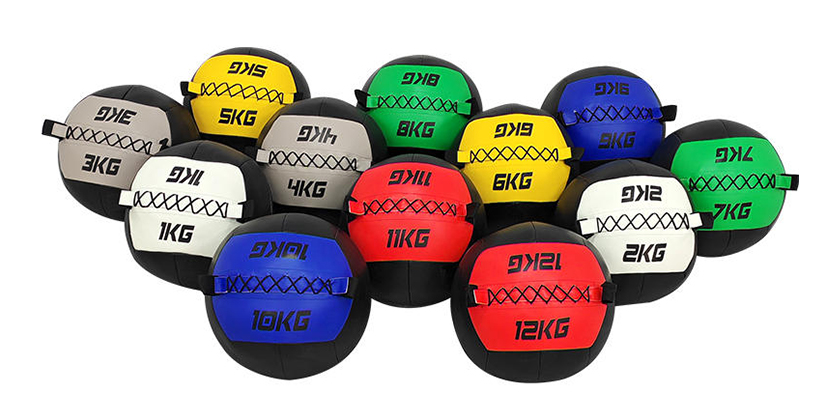When I first tried out medicine ball core exercises at the gym, I honestly didn’t think they’d do much. Just figured it was another way to make ab work look cooler. But man, I was wrong.
After running through a few sets during a slow afternoon at the gym, I realized these moves hit way more than just my abs. Obliques, lower back, even my glutes were getting fired up.
So yeah—if you’re using medicine balls right, you can actually build a stronger, more stable core. Not just the beach abs, but the stuff that matters for lifts, balance, and real functional strength.
What Is the Core, Really?
Before I dive into the exercises, let’s clear one thing up:
The core isn’t just your abs.
I used to think training core = doing crunches. But actually, your core is a lot more than that.
Here’s what it really includes:
- Abs (yep, your six-pack — aka rectus abdominis)
- Obliques (the twisting muscles on your sides)
- Deep core muscles like the transverse abdominis (super key for stability)
- Lower back muscles (erector spinae—fancy name, big job)
- Glutes and hip stabilizers (they do way more than you think)
So basically, the core is your body’s power center. It keeps you solid during lifts, helps you move better, and protects your spine.
Now, here’s why I’m into medicine ball core exercises:
They hit everything above. Not just with resistance, but with movement. You’re twisting, slamming, reaching, stabilizing. No fuss.
So yeah, if you’re training clients or building programs in a commercial gym, don’t sleep on this tool.
10 Medicine Ball Core Exercises I Use
10 exercises I often choose to exercise my core:
| Exercise | Core Focus | Extra Benefit | Quick Tip |
|---|---|---|---|
| Russian Twists | Obliques + abs | Good for rotational power | Keep it slow and tight, not flaily |
| Figure 8’s | Lower abs + coordination | Fun and weirdly tough | Stay upright, don’t hunch forward |
| Overhead Squats | Core stabilizers + lower back | Builds total-body tension | Keep that ball stacked over your head |
| Mountain Climbers | Transverse abs + cardio | Spicy core burn and sweat | Don’t let your hips bounce all over |
| Toe Taps | Coordination + fast feet | Light cardio/core warm-up | Stay on your toes and move sharp |
| Rotating Boat Pose | Obliques + hip flexors | Balance + time under tension | Keep your chest up, don't fold |
| V-Ups | Full abs + hip flexors | Strong finisher | Don’t cheat with momentum |
| Side Lunges | Core control + adductors | Adds lateral movement | Don’t let the ball wobble—own it |
| Plank Ball Taps | Deep core + shoulder stability | Great anti-rotation drill | Keep hips still while you tap |
| Deadbugs | Transverse abs + coordination | Works brain + core at once | Back flat, slow tempo = 🔥 |
- Medicine Ball Russian Twists

How I do it:
Basically, I sit down, lift my feet a bit, and start twisting side to side, tapping the ball on the floor each time. Initially, I thought speed was the move—but actually, going slow and controlled hits way harder. Besides, it saves my lower back from getting wrecked.
Works:
Obliques, abs, hip flexors
Watch out:
Don’t rush through it. Slow and controlled always hits harder. Keep your spine straight—no slouching.
👉 Wanna dig deeper? If you’re curious about how to really nail this move—like form tips, common mistakes, and ways to level it up—I broke it all down in a full post. Check out Medicine Ball Russian Twist: How to Do It Right for the full scoop. Trust me, your obliques will thank you.
- Medicine Ball Figure 8’s
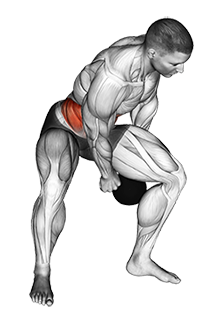
How I do it:
Basically, I sit down, lean back a bit, and start threading the ball around and between my legs like I’m sketching out a figure 8. Initially, it feels chill—but after 20 seconds, the burn kicks in big time.
Works:
Lower abs, obliques, coordination
Watch out:
Keep your chest up the whole time. If you hunch forward, you lose the core tension fast.
- Overhead Squats with Medicine Ball
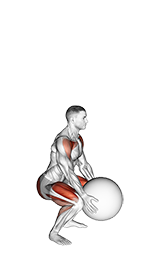
How I do it:
I grab the ball, lock it overhead, and drop into a deep squat—no leaning forward. At first, I struggled keeping the ball steady, but eventually my core caught up. Bonus: great for mobility, too.
Works:
Core stabilizers, lower back, glutes, quads
Watch out:
Make sure the ball stays stacked directly over your head. If it drifts forward, your form breaks.
- Medicine Ball Mountain Climbers
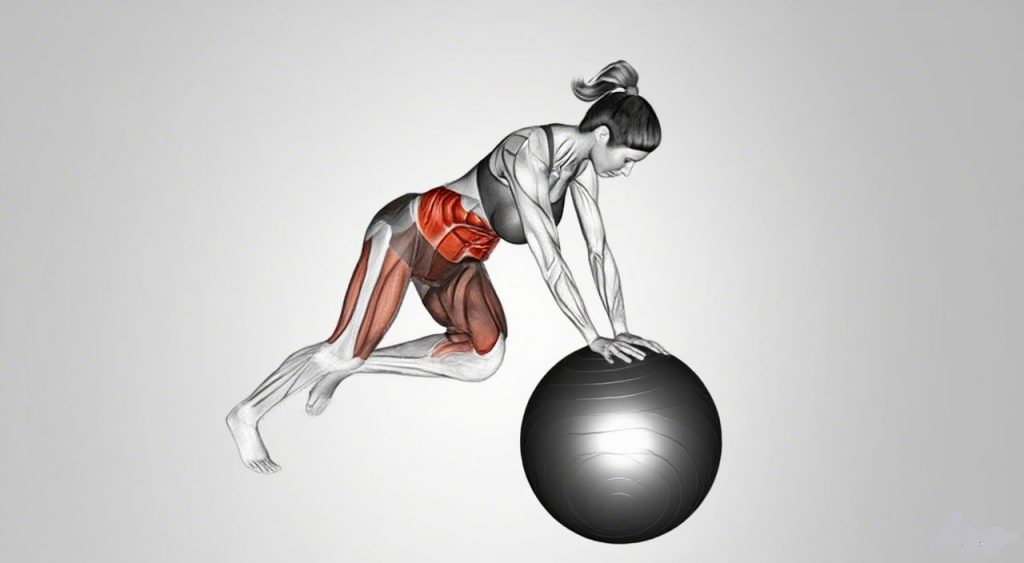
How I do it:
I get into a plank with both hands on the ball, then drive my knees toward my chest one at a time like I’m sprinting in place.
Works:
Abs, transverse abdominis, shoulders
Watch out:
Don’t let your hips bounce or sag. Think “plank first, speed second.”
- Medicine Ball Toe Taps
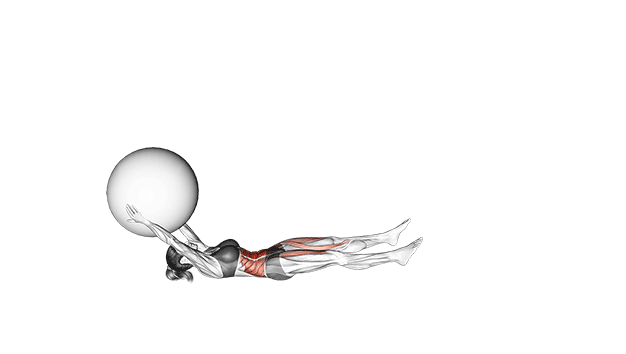
How I do it:
This one’s kinda like high knees, but you’re tapping the top of the ball each step.Despite looking simple, it really fires up the abs and gets the heart pumping.
Works:
Coordination, core activation, cardio
Watch out:
Stay light on your feet and don’t stomp. Control is the name of the game.
- Rotating Boat Pose
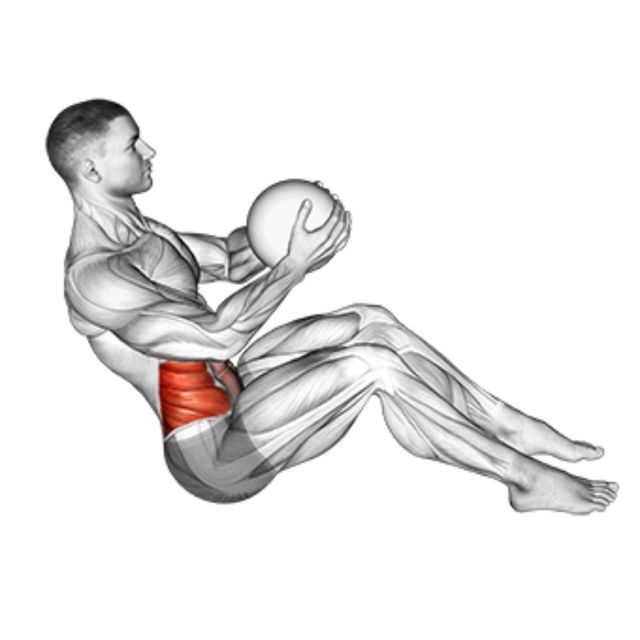
How I do it:
So, I lean back into that V-sit position, hold the ball out, and slowly rotate it side to side—like I’m trying not to spill a drink. Admittedly, it looks easy, but eventually your core starts shaking like crazy. Also, my hip flexors scream if I lose focus.
Works:
Obliques, rectus abdominis, hip flexors
Watch out:
Don’t round your spine—stay tall and steady. It’s about control, not speed.
- Medicine Ball V-Ups
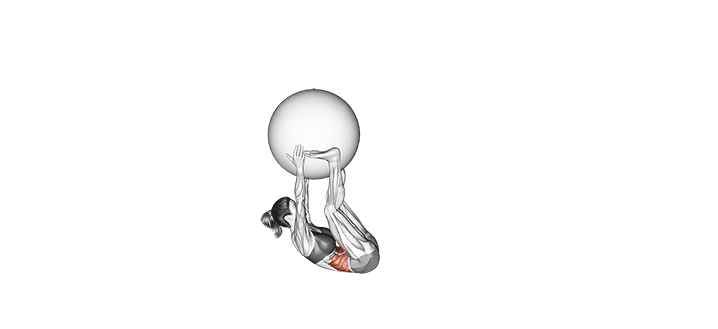
How I do it:
I lay flat, then snap up like I’m folding in half, meeting the ball midair with my feet. Afterwards, my abs feel lit up top to bottom. Sure, it’s not the prettiest move when I’m gassed, but it torches the core every time.
Works:
Full abdominal chain, hip flexors
Watch out:
Don’t just swing up with your arms. Squeeze from the center to lift clean.
- Medicine Ball Side Lunges
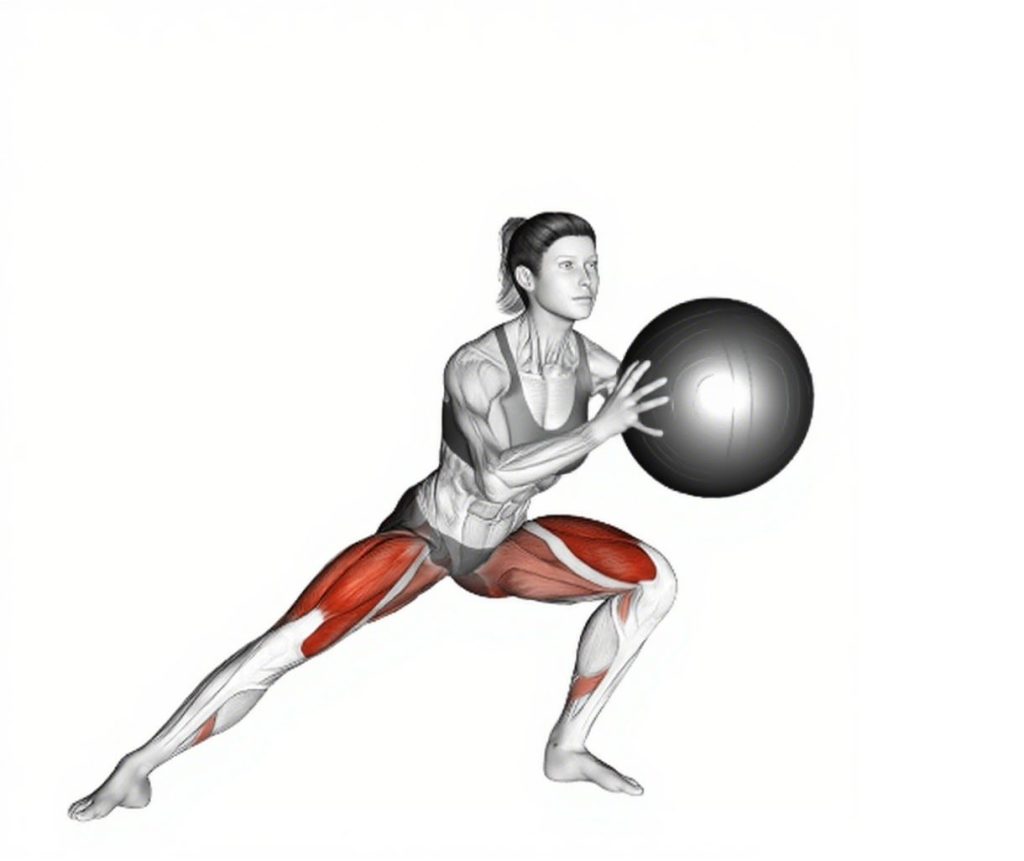
How I do it:
I hold the ball out front, then step wide to the side, and drop into a deep lunge. Meanwhile, my core’s working overtime to keep the ball from swinging around. Also—great for mixing in lower-body with core.
Works:
Glutes, adductors, core for stabilization
Watch out:
The key is keeping the ball steady while you move—that forces your core to stay active.
- Plank Ball Taps
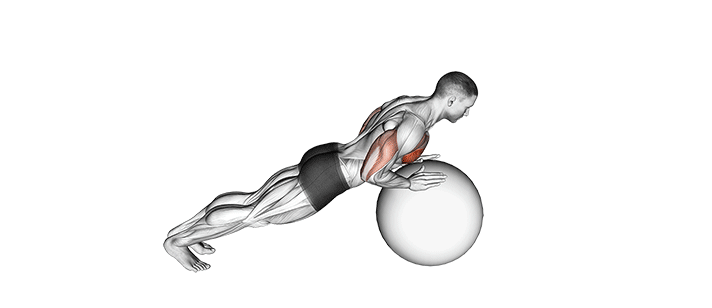
How I do it:
From a solid high plank, I reach one hand out to tap the ball in front of me, then switch hands—trying not to let my hips shift side to side.
Works:
Transverse abs, shoulders, anti-rotation
Watch out:
This one’s sneaky—keep your hips locked in place. Slow taps > fast sloppy ones.
- Medicine Ball Deadbugs
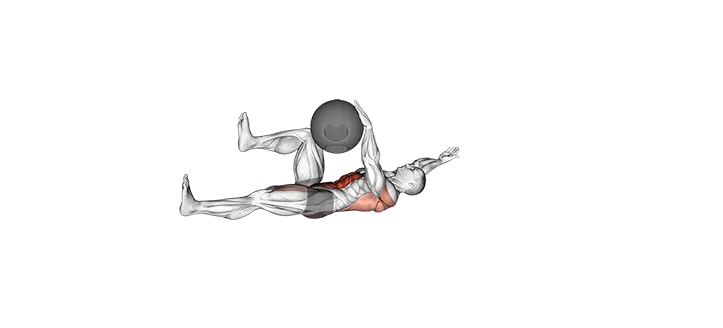
How I do it:
I lie on my back firstly, pin the ball between my hand and opposite knee, and stretch the other limbs out nice and slow. Afterwards, my core always feels smoked—even though it’s low-impact, it hits deep stabilizers hard.
Works:
Deep core stabilizers, coordination, lower abs
Watch out:
Keep your lower back glued to the floor the whole time. No arching or speed-repping.
Tips for Better Medicine Ball Core Workouts
I’ve learned the hard way that it’s not just about hurling a ball and hoping for abs. There’s a bit of strategy to getting the most out of medicine ball core exercises, especially if you’re training in a busy gym environment where time and space matter.
Here are a few tips I swear by:
Start light
Don’t be the person grabbing the 20-pound ball thinking it’s chest day. For most core stuff, 4 to 8 pounds is plenty. Trust me—when you’re actually engaging your core, even a light med ball feels like a brick.
Form > speed
I used to blast through reps like I was racing someone. Didn’t help much. Now I slow it down, lock in form, and feel way more activation. Clean reps over fast ones every time.
Pair power with control
This changed the game for me anyway. I’ll mix explosive stuff (like V-ups or slams) with stability moves (like plank ball taps or deadbugs). One gets the heart rate up, the other comparatively forces the core to stabilize. It’s a killer combo.
Go circuit-style
Honestly, circuits just hit different altogether. Basically, I’ll throw together 4 or 5 moves, hit each one for like 30 seconds, then run that whole set 3 or 4 times. Afterwards, you’re toast—in a good way. Plus, it keeps things moving so you’re not just standing around. Also, it’s super easy to pull off in most gym setups, which is a win when space gets tight.
Minimal rest, max focus
I rest just long enough to not fall apart. If I start chatting too long between sets, the intensity drops. I try to stay locked in. Short breaks = core stays fired up actually.
All in all, if your gym’s got med balls lying around, don’t sleep on ’em—they’re low-key one of the best ways to level up your core game without boring yourself to death.
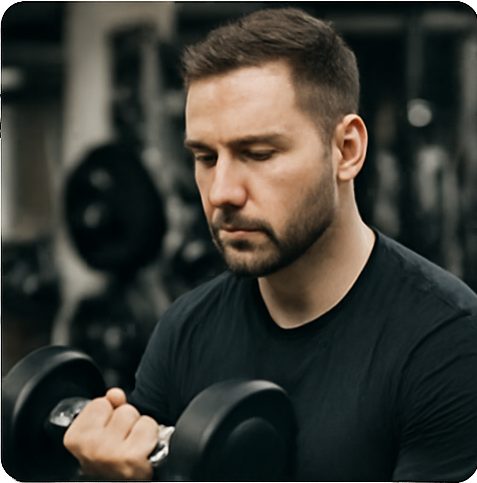
Hi, I’m the editor here at Leadman Fitness. We’re a manufacturer focused on producing top-quality barbells, plates, kettlebells, dumbbells, and strength training gear. I’ve been into sports and fitness for years, and I know my way around all kinds of gym equipment—both from using it and helping create it.
I spend a lot of time understanding the real problems people run into in the gym—whether it’s beginners trying to pick the right gear or experienced lifters looking for something more durable. I stay in close touch with our production team and talk directly with other equipment makers, so we’re always improving based on what real lifters and coaches are looking for.
What I share comes from hands-on experience—stuff that actually helps people train better, not just in theory, but in real gyms.
